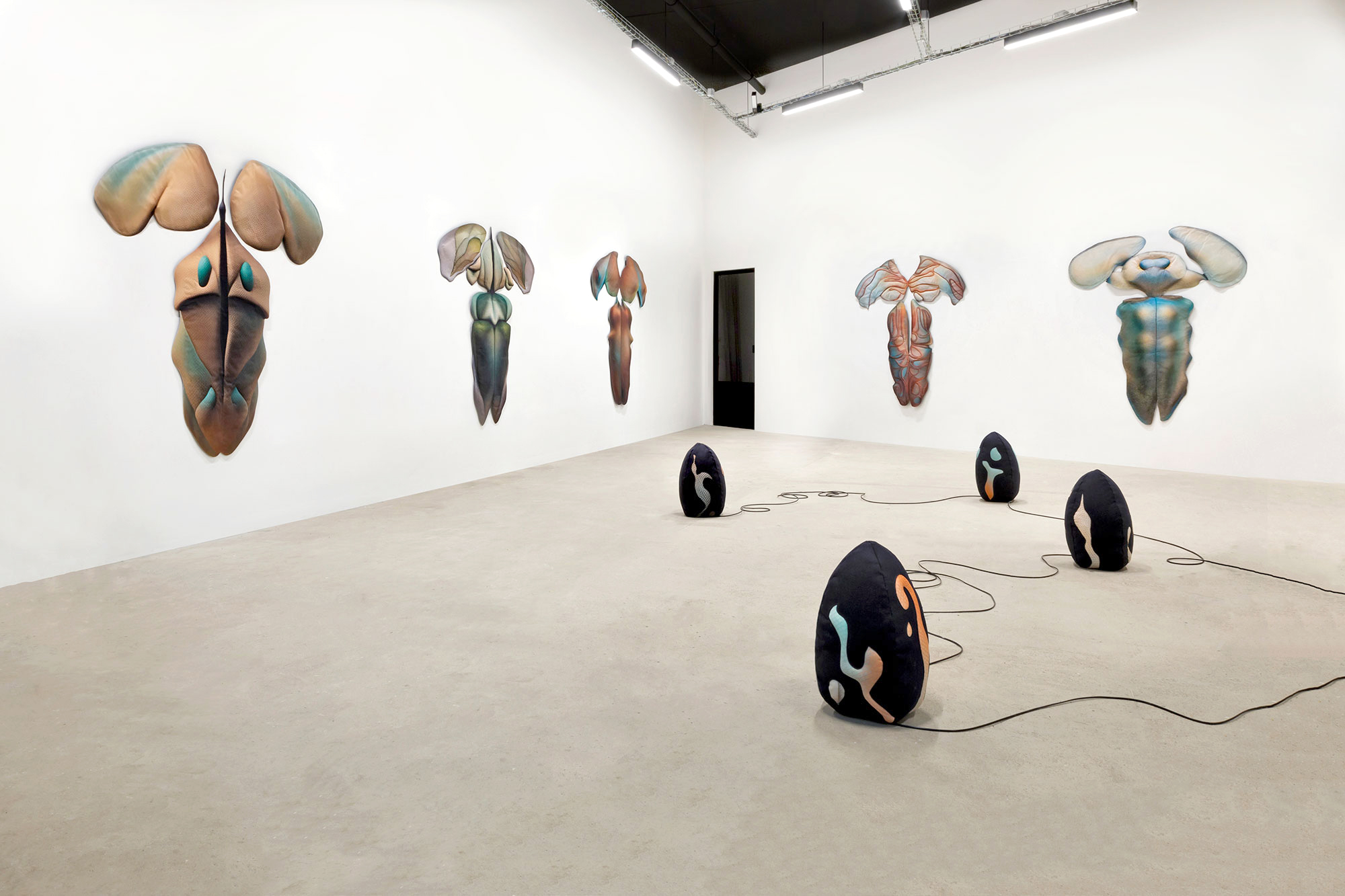
Exhibiton view, Bleen, solo show, gallery 22,48 m², Paris, France, 2024. Photo: Baptiste Guyon
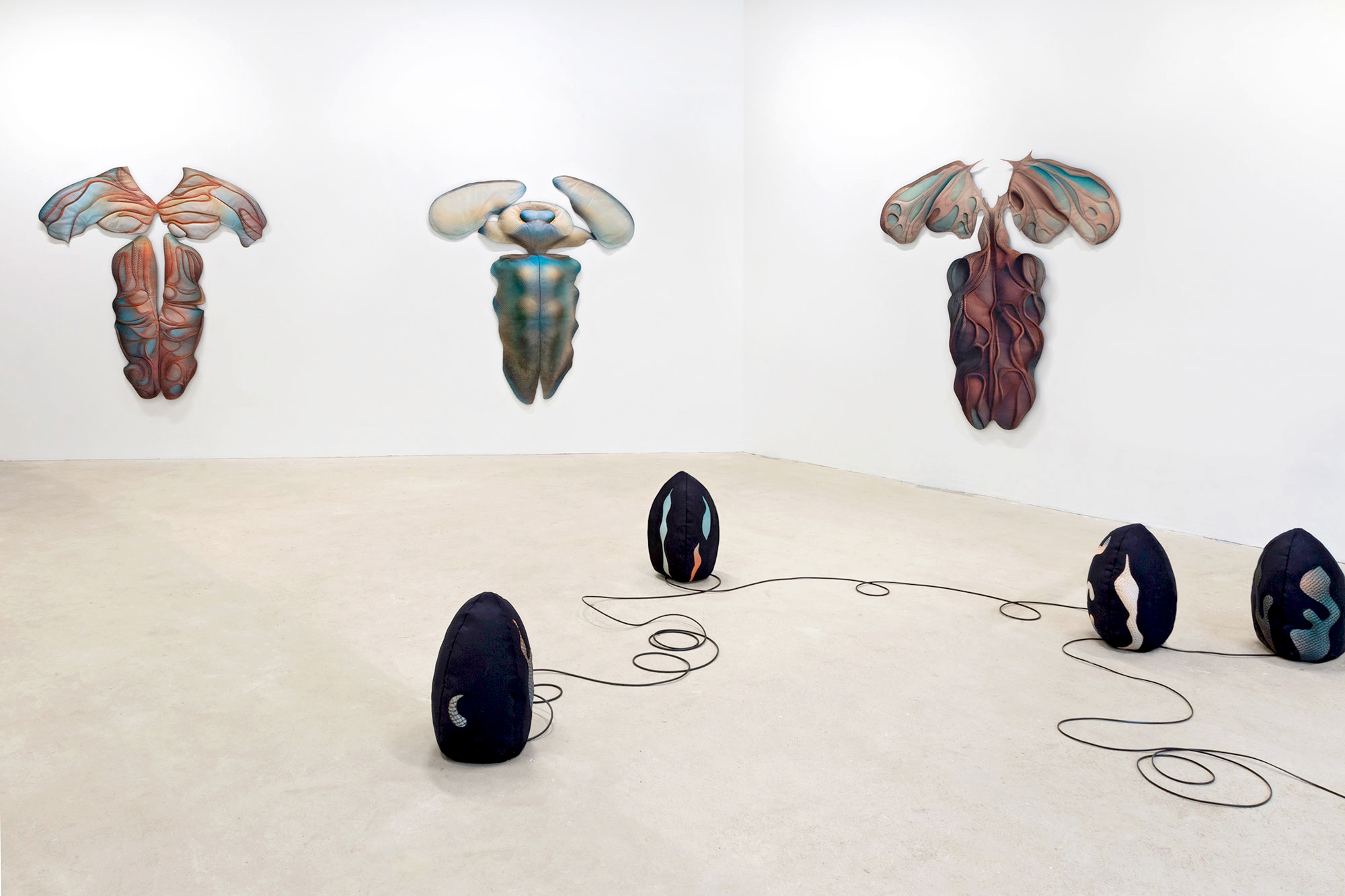
Exhibiton view, Bleen, solo show, gallery 22,48 m², Paris, France, 2024. Photo: Baptiste Guyon
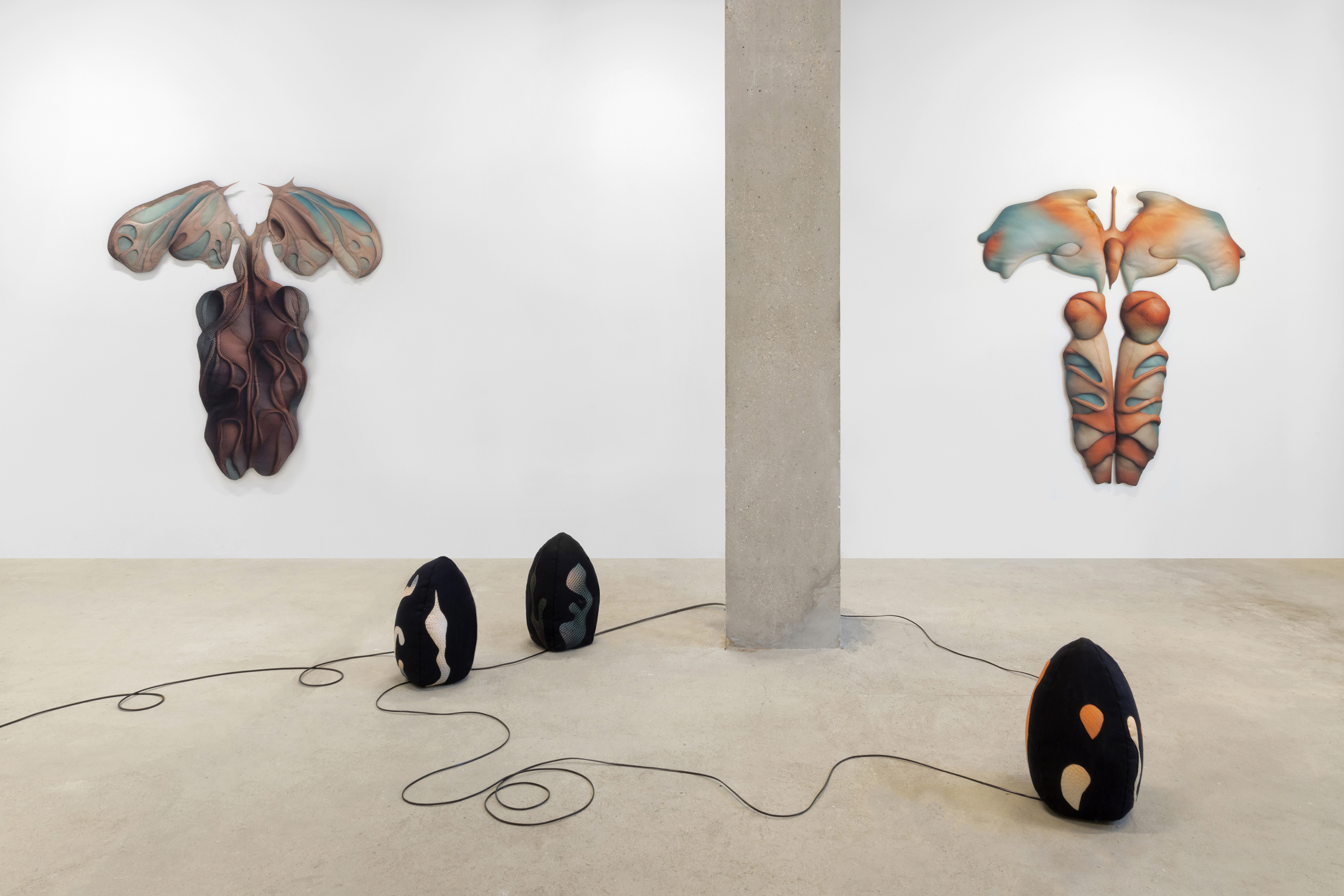
Exhibiton view, Bleen, solo show, gallery 22,48 m², Paris, France, 2024. Photo: Baptiste Guyon
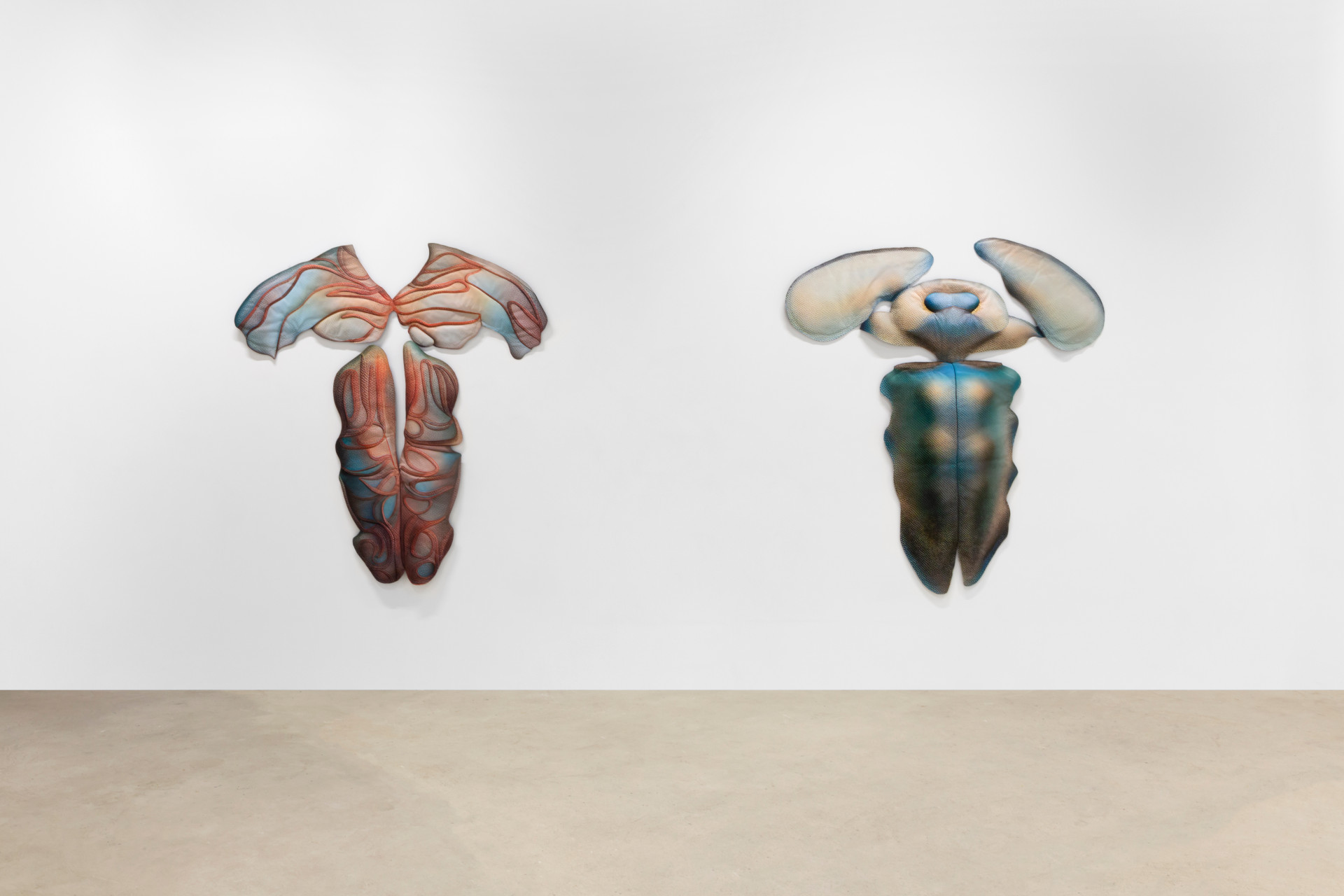
Exhibiton view, Bleen, solo show, gallery 22,48 m², Paris, France, 2024. Photo: Baptiste Guyon
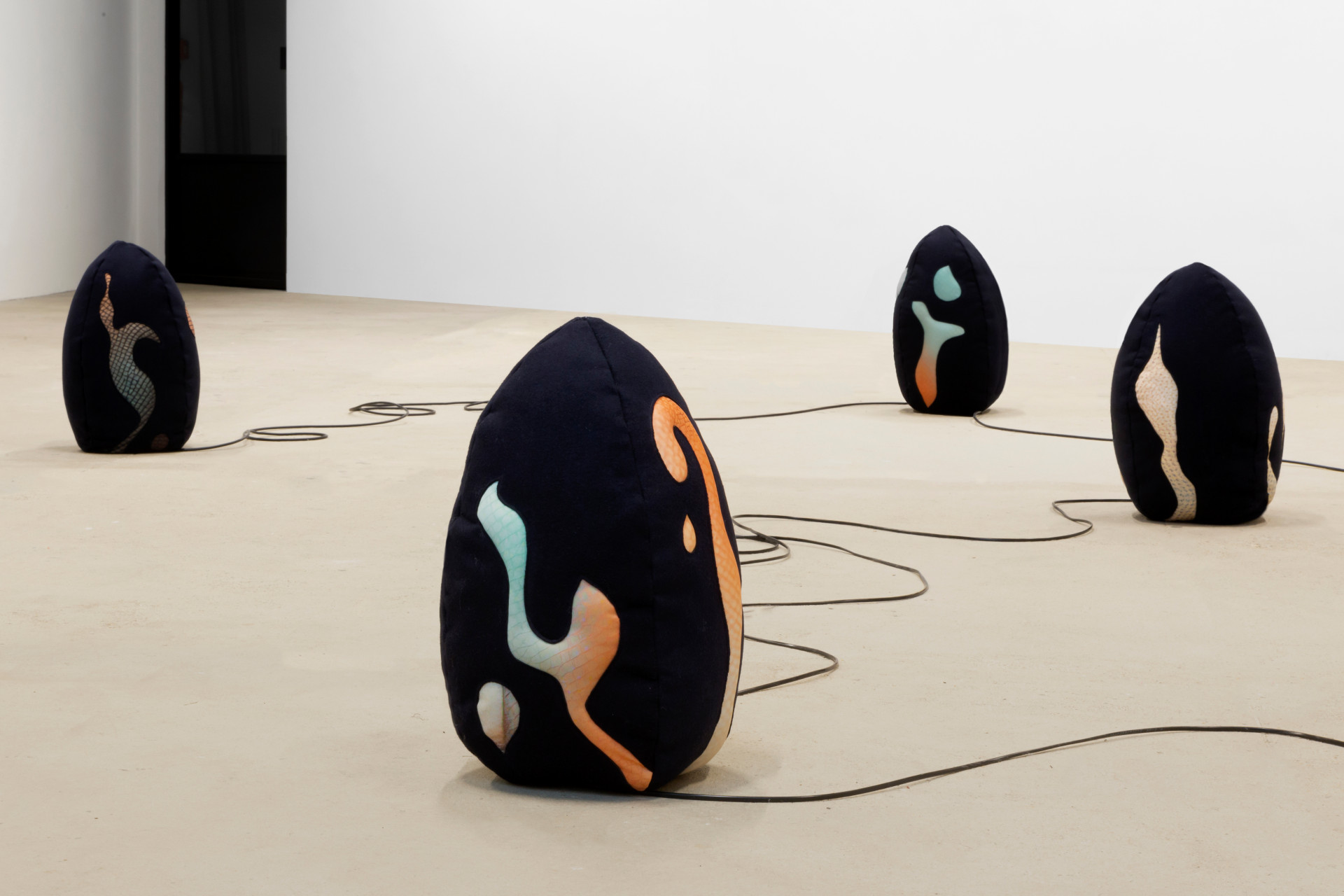
Sois sage, je t’aime, 2024. Sound installation, mixed media, 25’, loop. In collaboration with Sarah Smash (sound design) and the contribution of Behind The Moons (ASMR). Photo: Baptiste Guyon
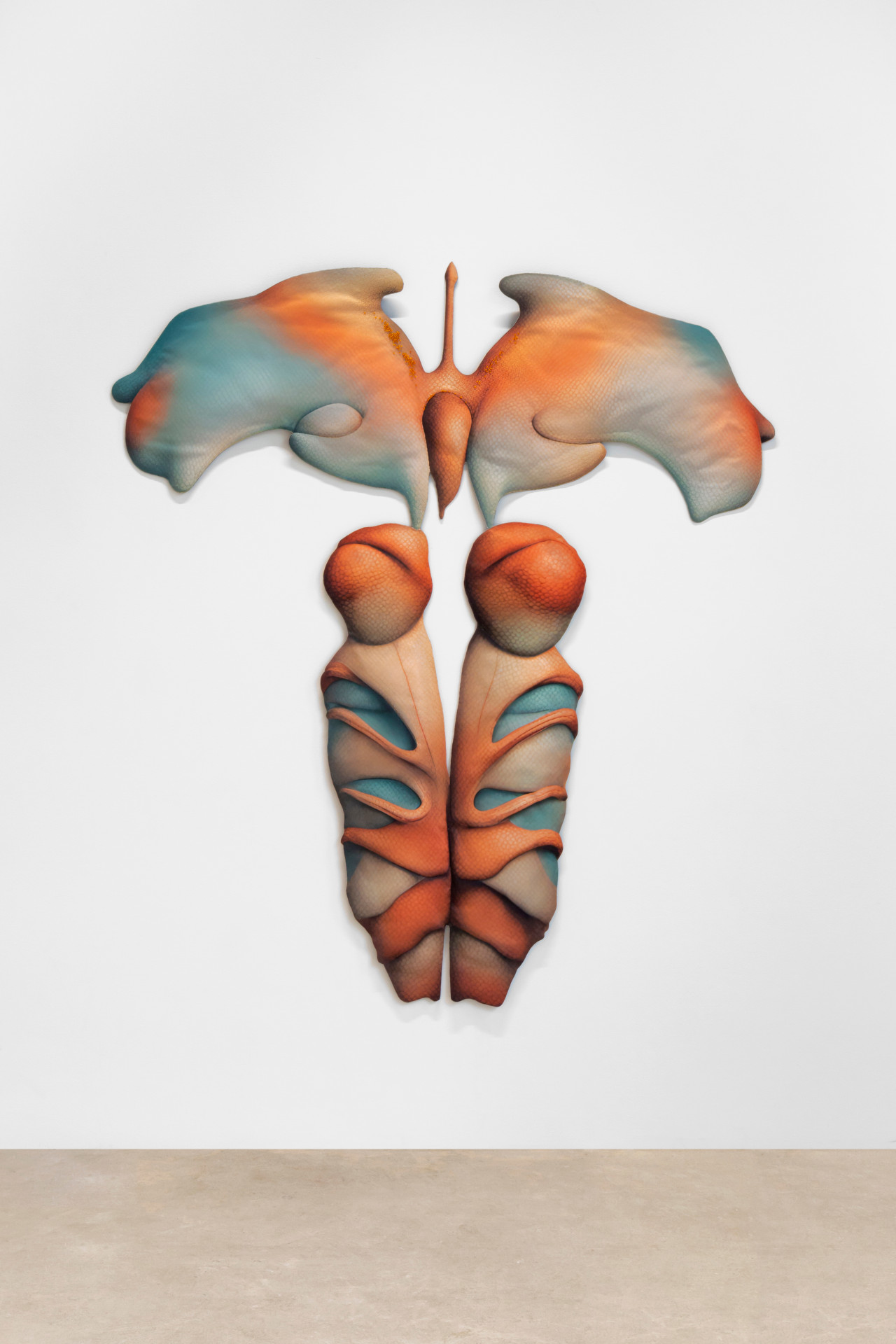
Seed 890, 2024. Digital print on polyester fabric, quilting, beads, 65 x 58 inches. Photo: Baptiste Guyon
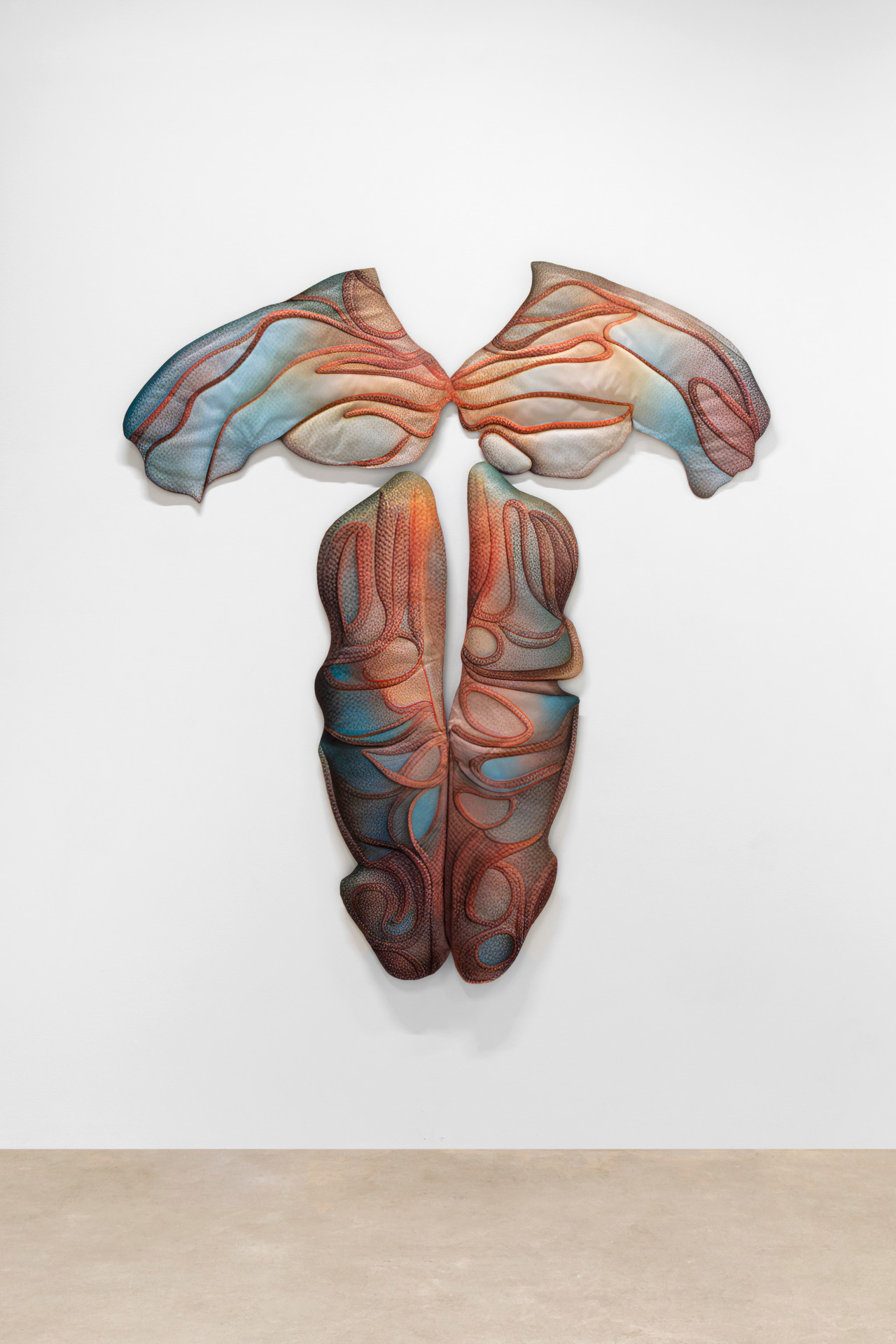
Seed 790, 2024. Digital print on polyester fabric, quilting, 64 x 57 inches. Photo: Baptiste Guyon
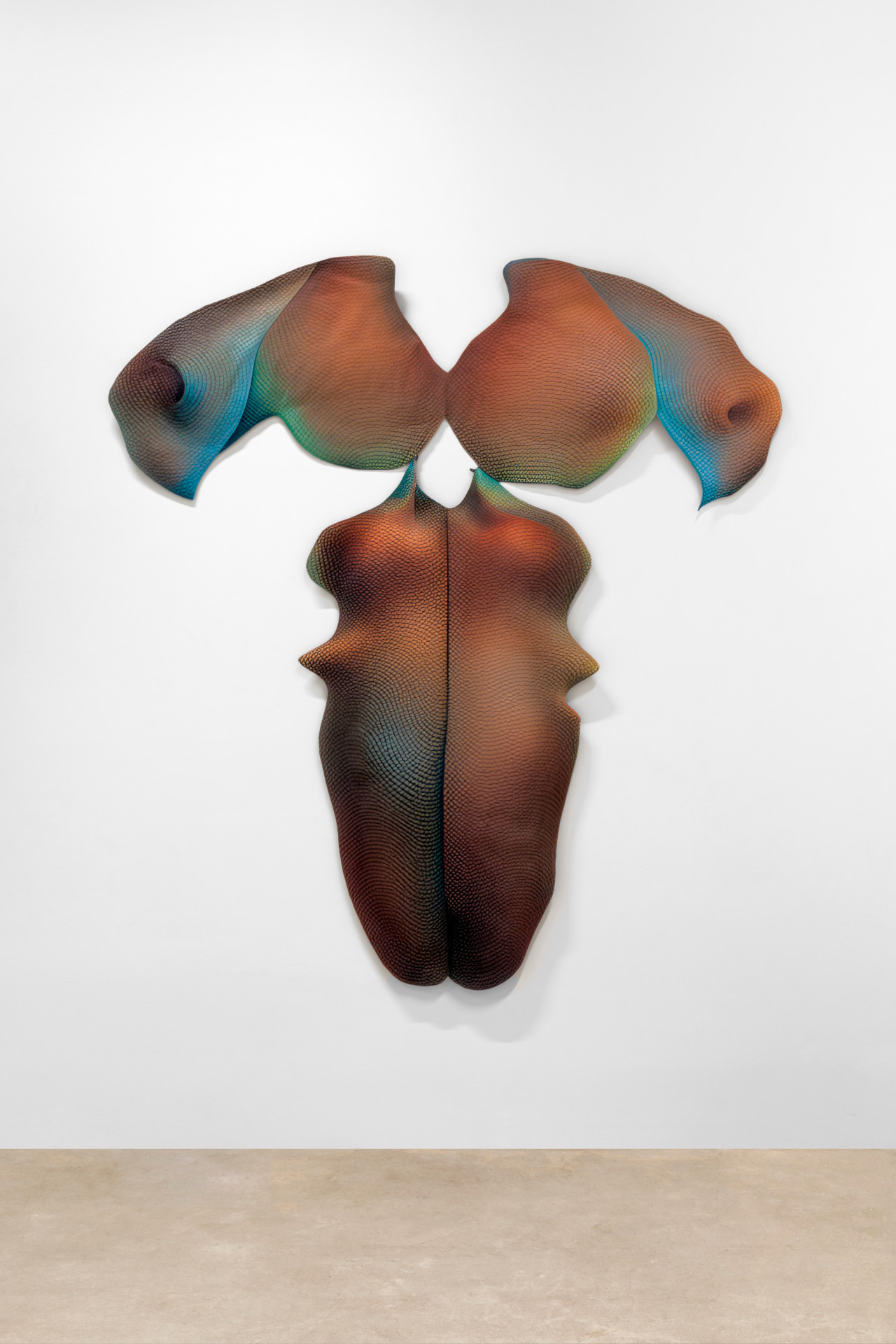
Seed 653, 2024. Digital print on polyester fabric, quilting, 64,5 x 59 inches. Photo: Baptiste Guyon
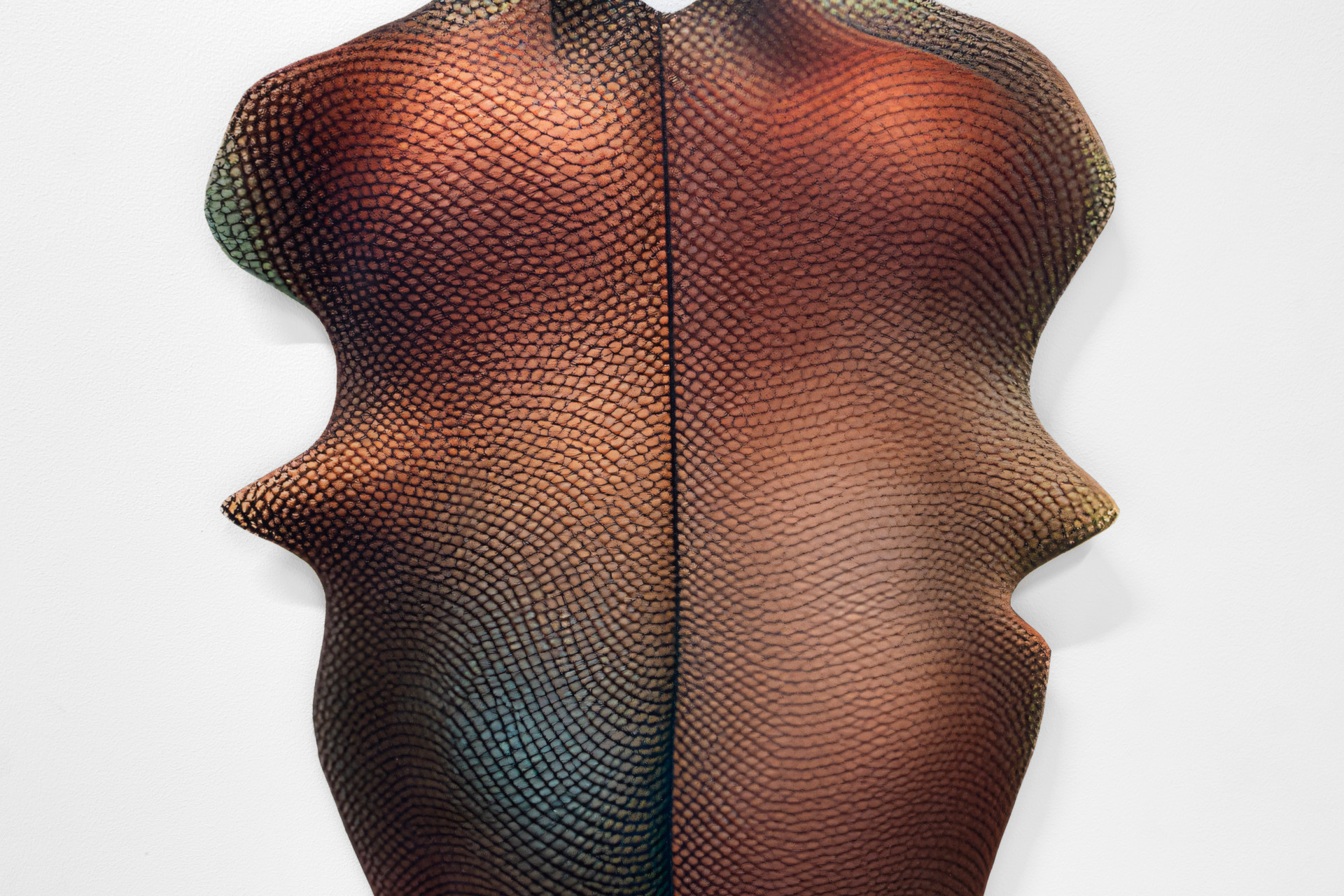
Seed 653 (detail), 2024. Digital print on polyester fabric, quilting, 64,5 x 59 inches. Photo: Baptiste Guyon
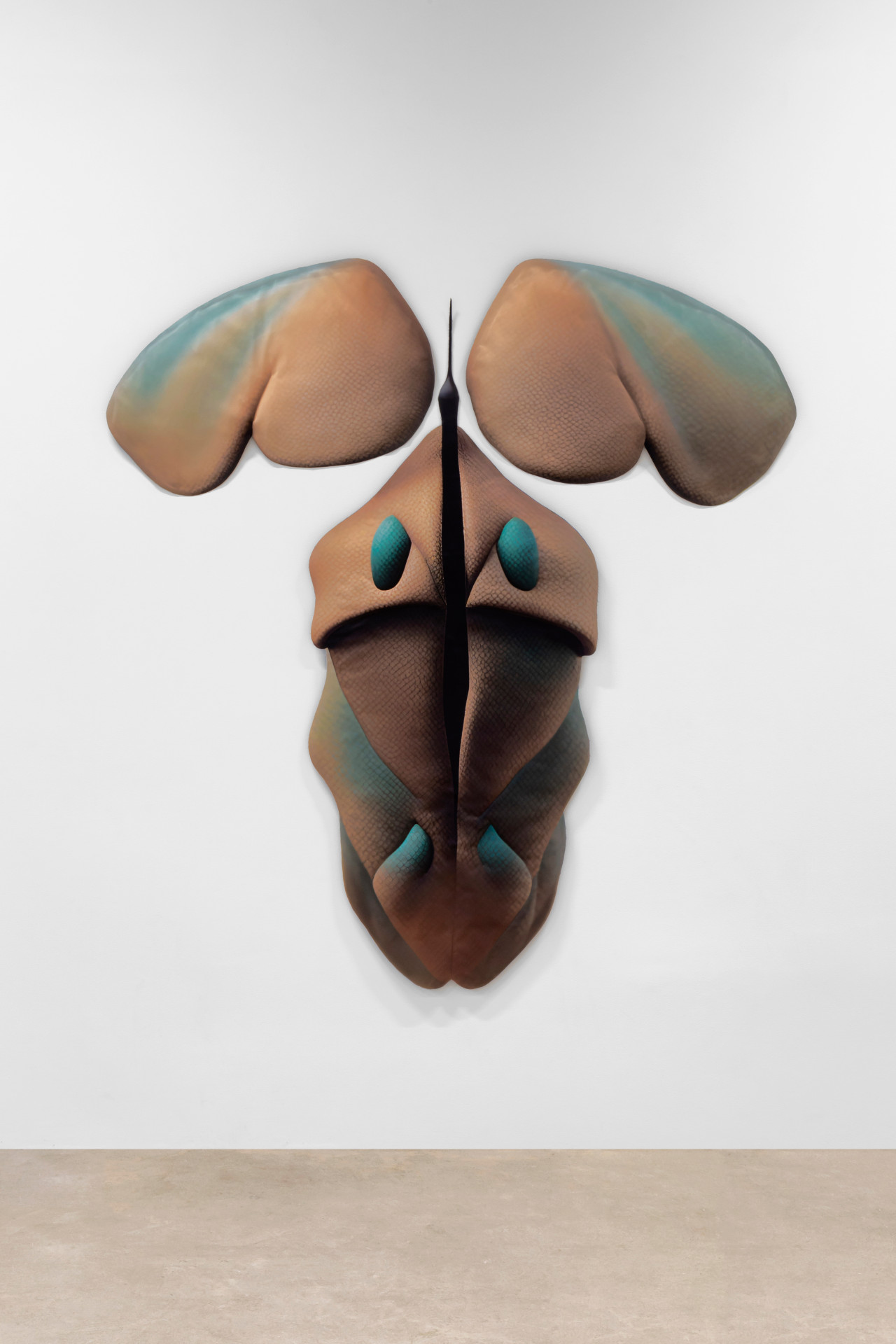
Seed 184, 2024. Digital print on polyester fabric, quilting, 65 x 59 inches. Photo: Baptiste Guyon
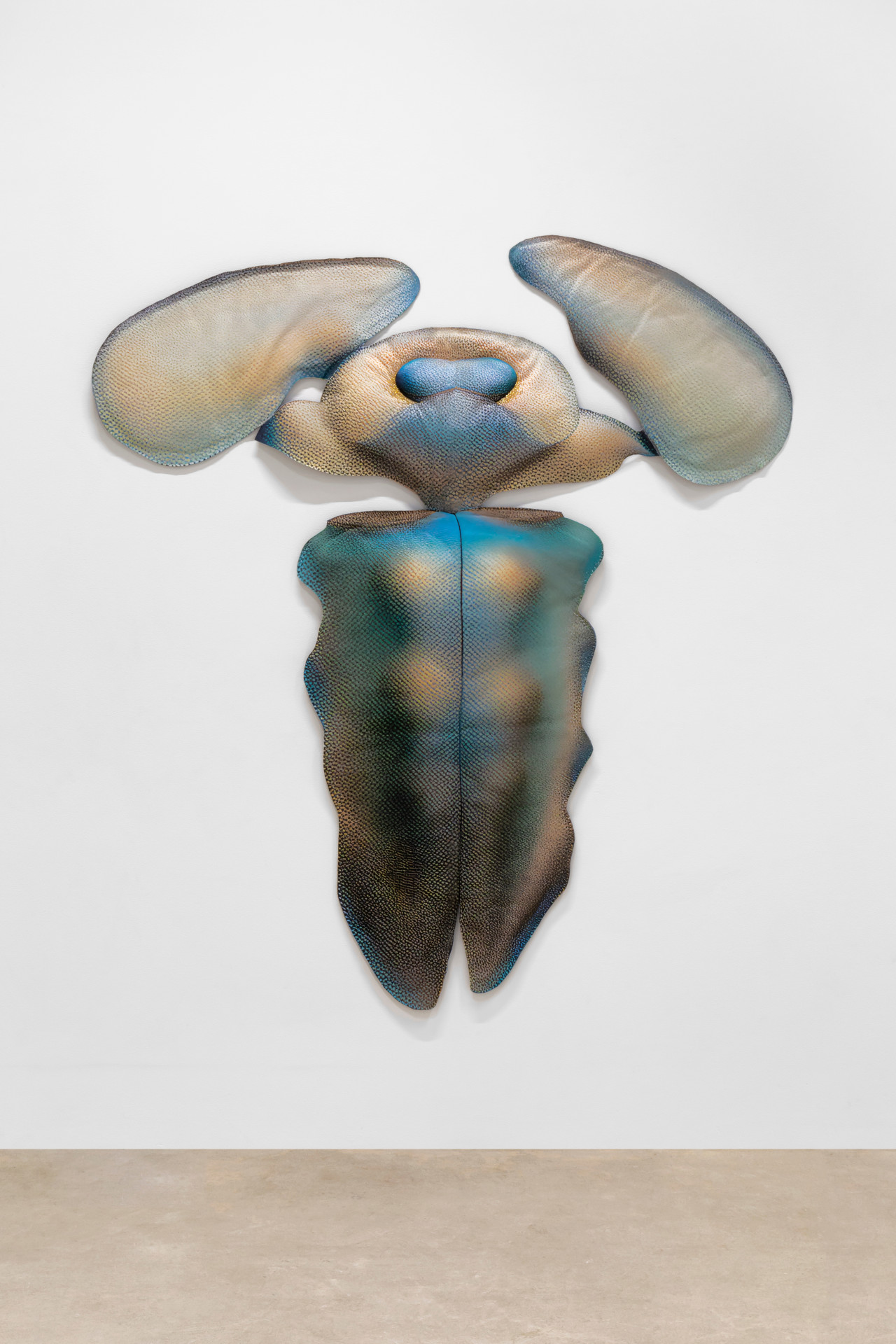
Seed 303, 2024. Digital print on polyester fabric, quilting, beads, 65 x 58 inches. Photo: Baptiste Guyon
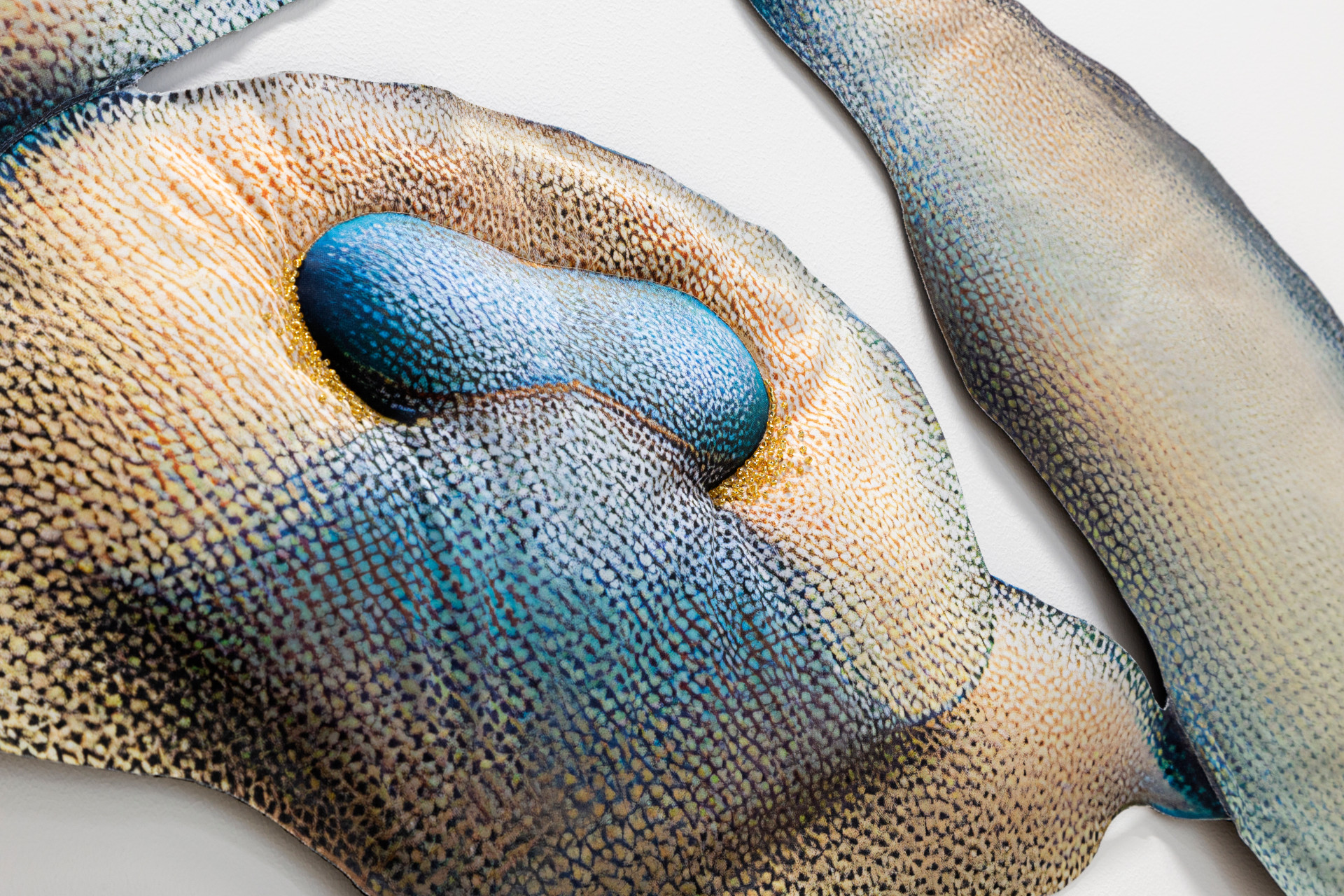
Seed 303 (detail), 2024. Digital print on polyester fabric, quilting, beads, 65 x 58 inches. Photo: Baptiste Guyon
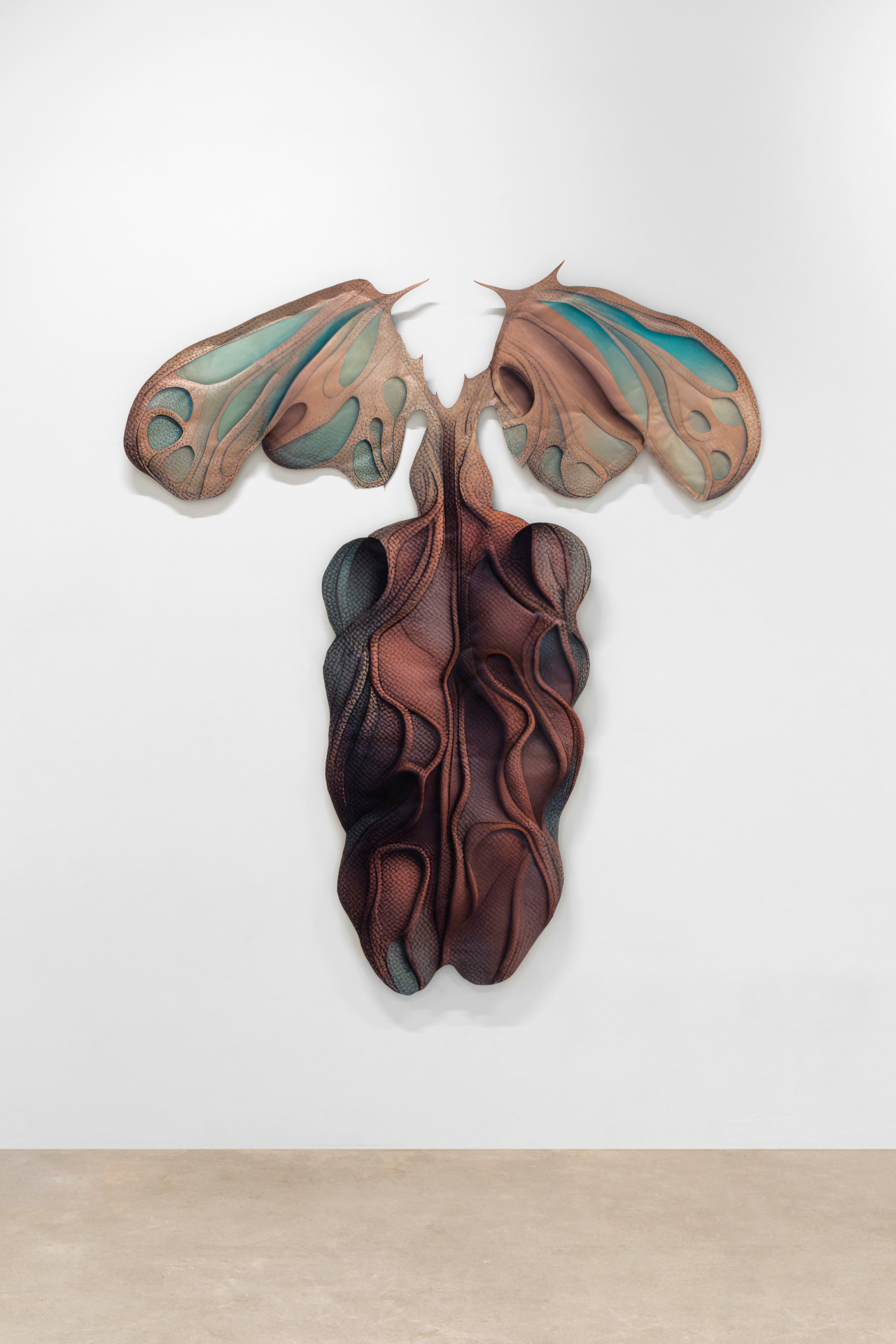
Seed 267, 2024. Digital print on polyester fabric, quilting, 65 x 58 inches. Photo: Baptiste Guyon
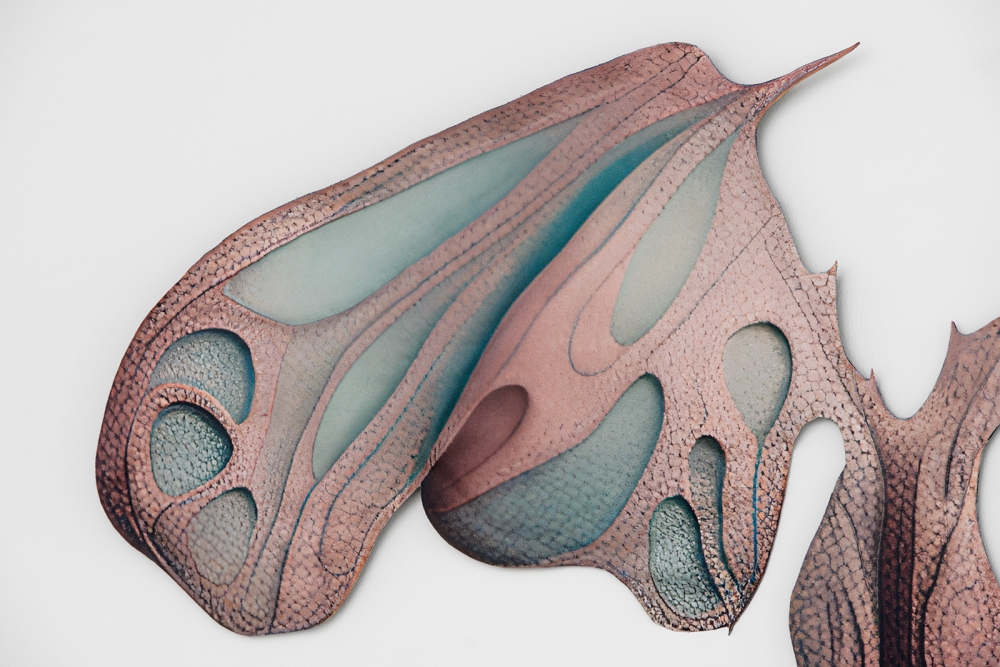
Seed 267 (detail), 2024. Digital print on polyester fabric, quilting, 65 x 58 inches. Photo : Pauline Assathiany
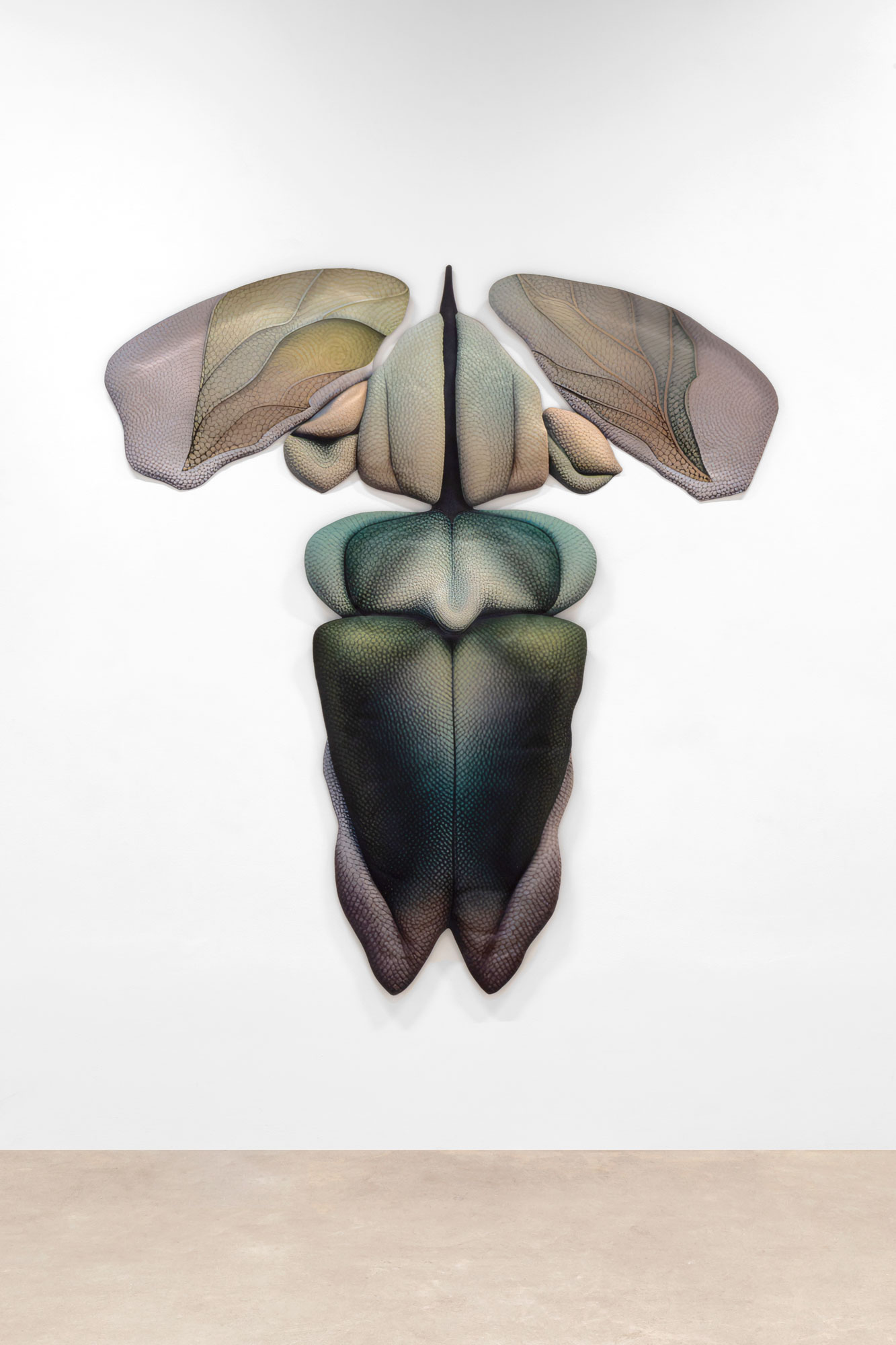
Seed 184, 2024. Digital print on polyester fabric, quilting, 65 x 59 inches. Photo: Baptiste Guyon
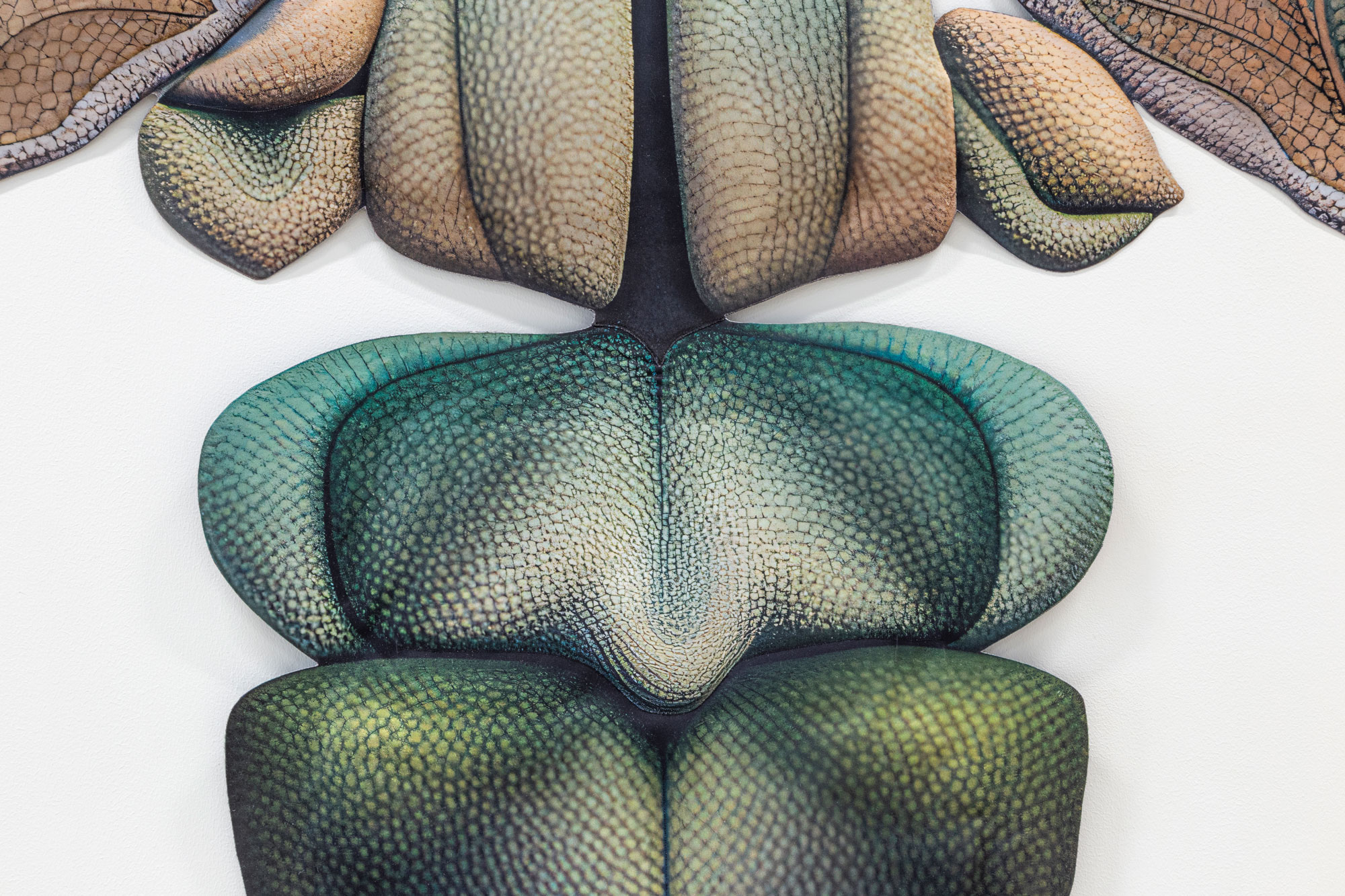
Seed 184 (detail), 2024. Digital print on polyester fabric, quilting, 65 x 59 inches. Photo: Baptiste Guyon
If the term “bleen” sounds strangely familiar, that’s because it’s a neologism resulting from the fusion of “blue” and “green”. The expression was invented in 1955¹ by the American philosopher and collector Nelson Goodman in response to certain problems associated with induction, the method of making generalisations from specific observations. For instance, the observation of emeralds led to the assumption that they were green, although there was no guarantee that they would retain this colour in the future. Defining an emerald as “bleen” (or vleu in French) suggests the possibility that it could change their hue, integrating future potentialities into the reading and enunciation of the present.
Entitled Bleen, Caroline Delieutraz’s exhibition unfolds like a world populated by strange “potential” creatures. It’s a world in metamorphosis, which borrows as much from Cronenberg’s science fiction, Kafka’s fantasy world and Thomas Cailley’s latest film, Le Règne animal, where the relationship with otherness and the question of identity are at the heart of the reflections. A vibrant world that echoes our own, where unknown forms of life patiently incubate. In fact, a few eggs lie on the floor, while soft sculptures follow one another on the wall: a series of seven arthropod-like creatures. The iridescent hues range from acid green to metallic blue and earthy crimson. Climbing lianas, spider webs and blood vessels appear to be growing on some of the pieces. These organic motifs are also evocative of futuristic sneaker designs. Others take on reptilian scales. All of these hybridisations reflect a reconfiguration of the living world in which the boundaries between humans, machines, animals and plants are breaking down.
These textures, printed on fabric, were first generated and worked with artificial intelligence. Caroline Delieutraz, who navigated the meanders of net art before joining the post-internet movement of the 2010s, is continuing her research into the circulation of images, seeing AI as a powerful tool for probing the collective imagination. But this doesn’t mean that she has abandoned her handiwork. The artist has quilted and sewn all the sculptures, some of them embellished with meticulously embroidered beads. With a softness worthy of a child’s cuddly toy, the works call out to be touched, and could almost be put on like a suit of armour, a garment, a second skin. Their anthropomorphic size suggests a reversal of perspective, allowing us to immerse ourselves in strangeness like in a distorting mirror. Long marginalised as a feminine and domestic practice, couture is reasserting its emancipatory power. In an essay entitled Hardcore Décor: the Comeback of Craft as an Antidote to Cyberfatigue², art critic Ingrid Luquet-Gad analyses the resurgence of craft as a mode of resistance. Against the backdrop of industrial and digital acceleration, these practices impose a slow, meticulous process, and encourage and value “training of the hand”. They involve reappropriating traditional skills that, before they fell into decline, were passed down from generation to generation.
The eggs, the ultimate gestation medium, broadcast a soundtrack that fills the gallery space with palpable life. The track was created in collaboration with Sarah Smash, and includes a contribution from ASMR artist Behind The Moons. Ultra-textured, hyper-enveloping, it drapes the audience in a dull, shuddering fog. A crackling electrical circuit, the wind dozing, a flapping wing, a beating heart. Some sounds seem identifiable, even familiar, while others, more altered, sound like encrypted signals to be deciphered. If an extraterrestrial species were to speak to humanity, what would it entrust to us? In Ted Chiang’s short story The Great Silence³, the narrator – a parrot – painfully questions human hopes of making contact with a cosmic intelligence. “Their thirst for contact is so great that they have created an ear that can hear throughout the universe. But my fellow parrots and I are right here. Why won’t they listen to our voices?” before concluding, “My species probably won’t be around for much longer; it’s likely that we’ll die sooner than expected and join the Great Silence. But before we go, we will send a message to humanity. We only hope that the Arecibo telescope will allow them to hear it. Here’s the message: Be good, I love you.”
Indira Béraud
¹ Nelson Goodman (1955), Fact, Fiction, and Forecast, Harvard University Press
² Ingrid Luquet-Gad (2018), Hardcore Décor: the Comeback of Craft as an Antidote to Cyberfatigue in Zérodeux, n°84
Available online on : www.zerodeux.fr
³ Ted Chiang (2014), The Great silence. Available online on : http://worker01.e-flux.com/pdf/supercommunity/article_1087.pdf